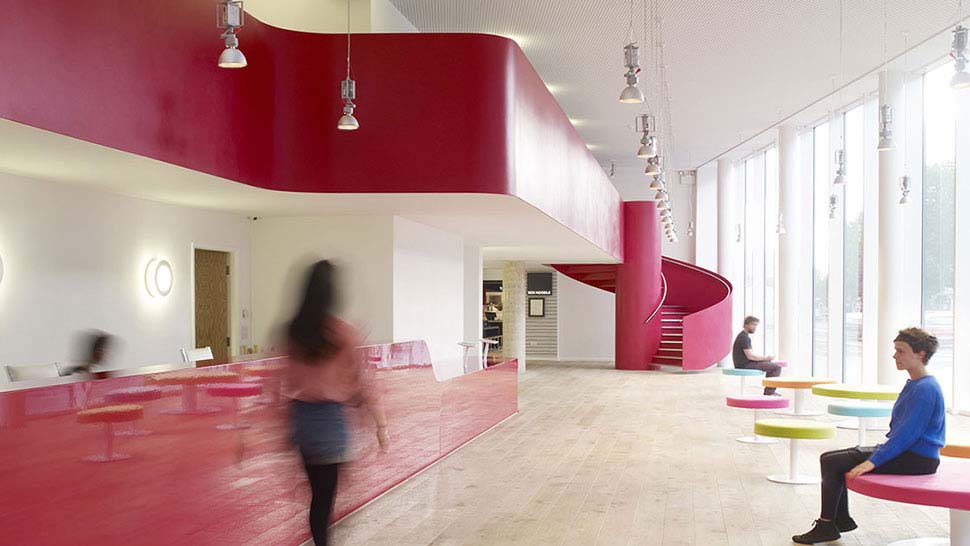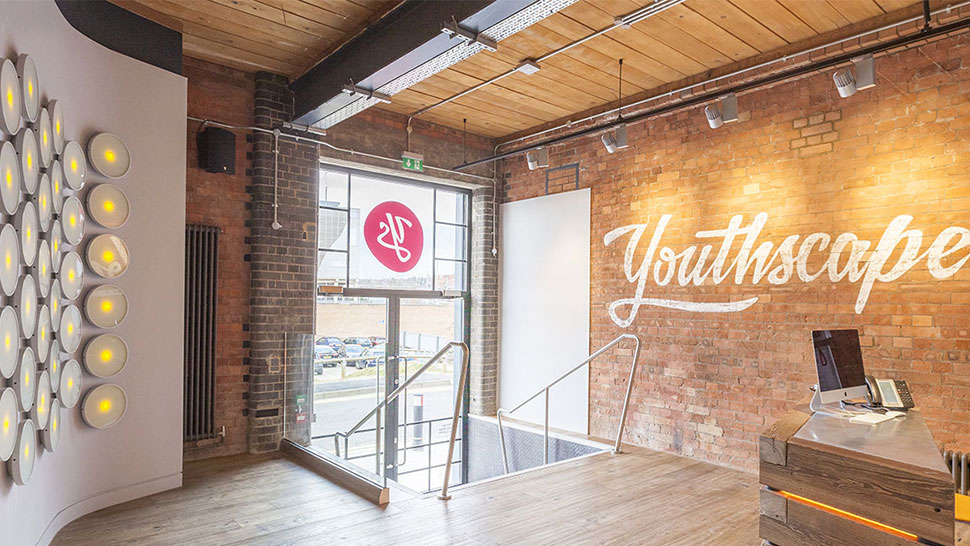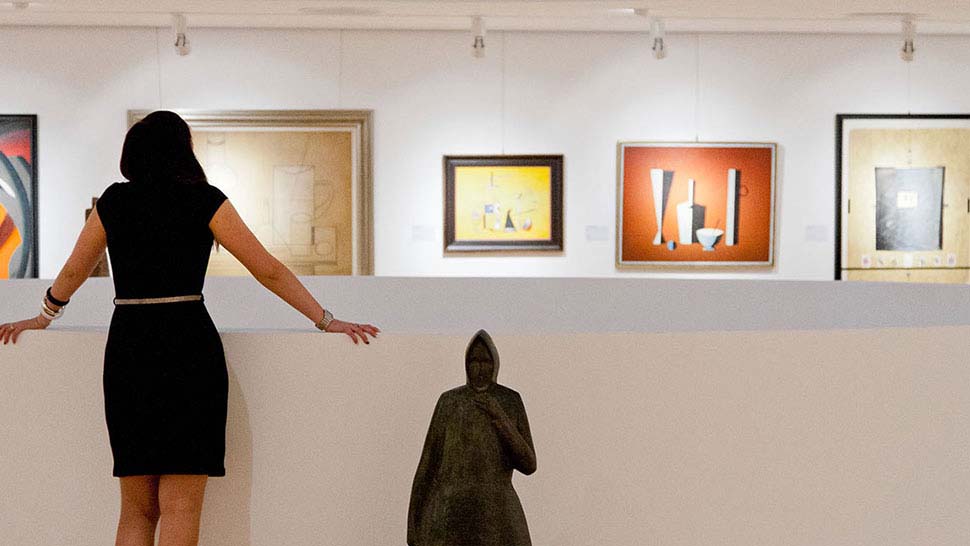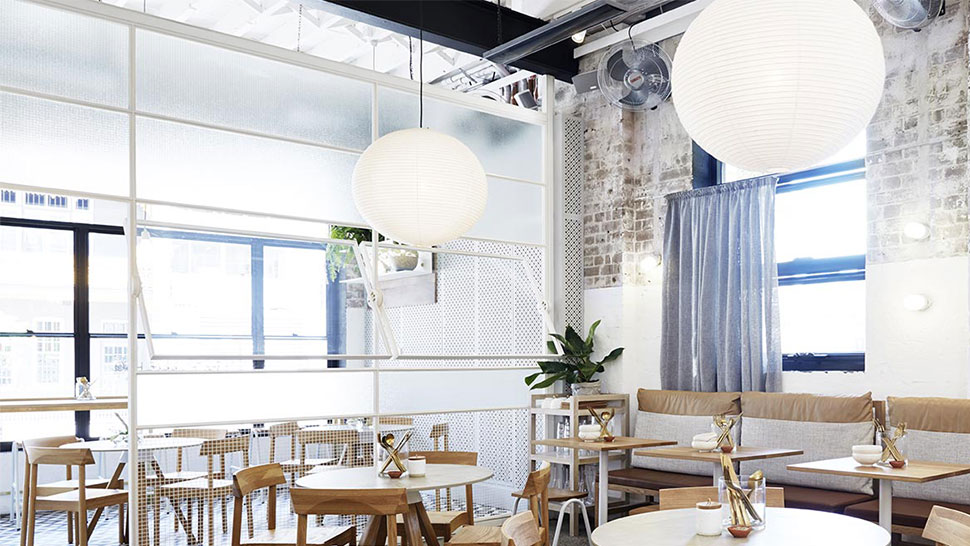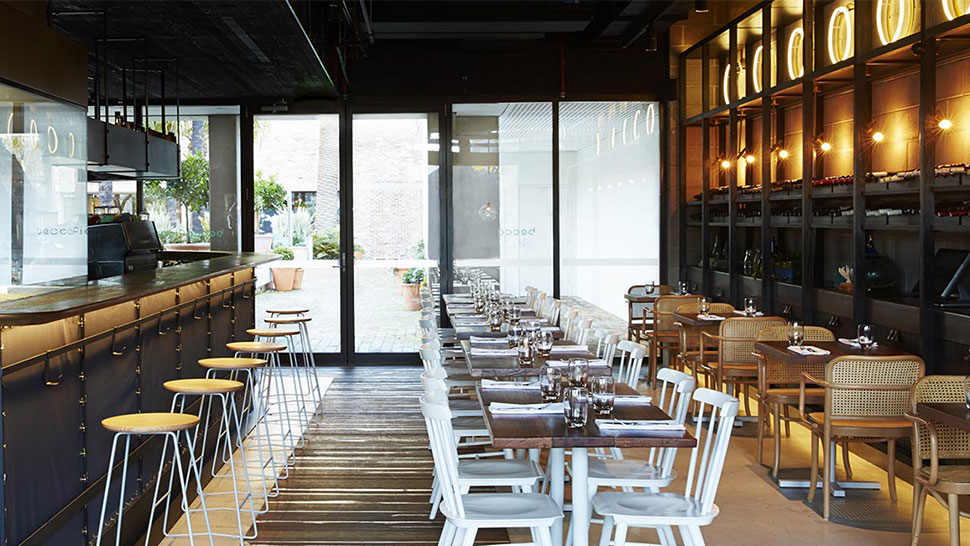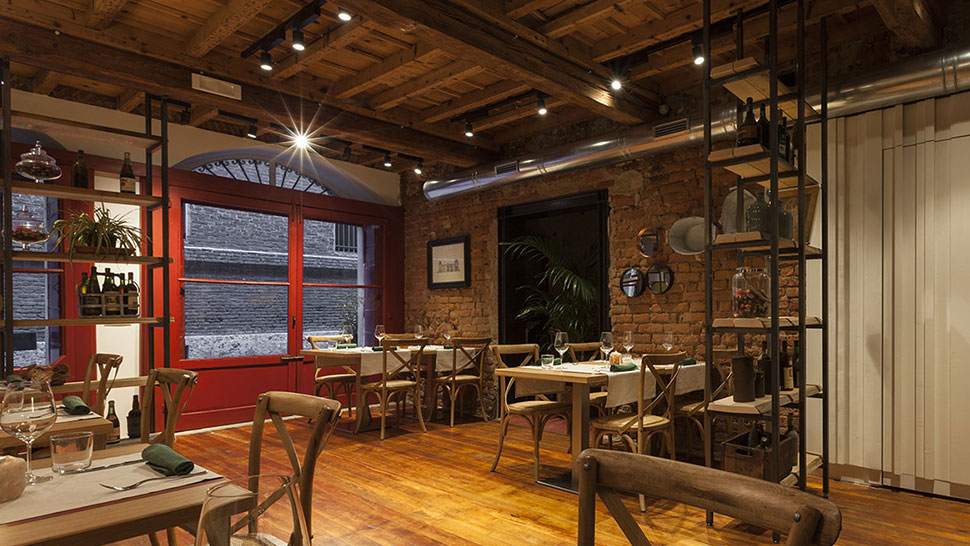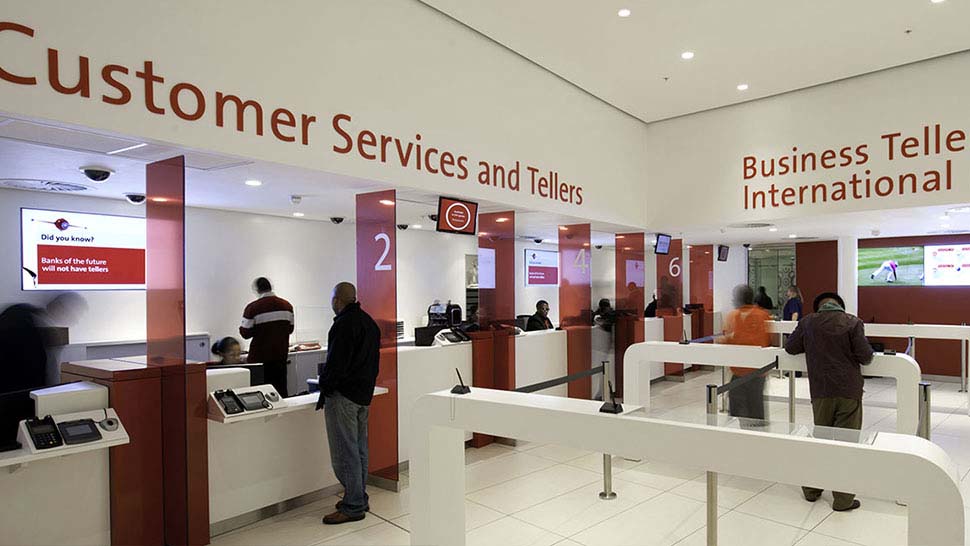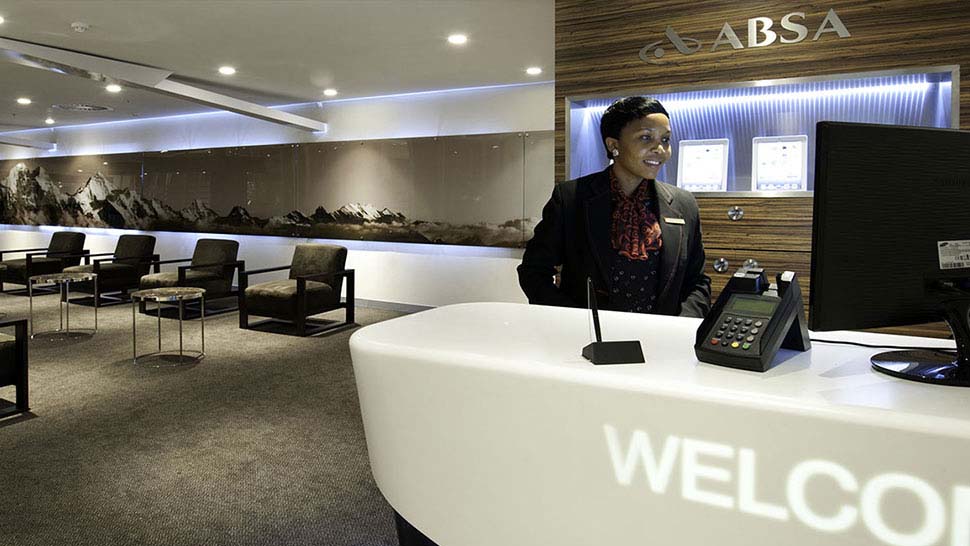In addition to its role in facilitating visibility, lighting in hospitality applications also makes a vital contribution to the visitor experience, in many different ways.
In a hotel lobby for example it is the harmonious interaction between functional and decorative/feature lighting that creates the required ambience and influences the visitor’s first impressions of the venue. By contrast, in a hotel room the lighting has a more functional role to play yet still needs to offer the flexibility to enable guests to make adjustments to suit their own requirements.
In restaurants and bars, wherever they are located, the lighting underpins an appropriate atmosphere while also often creating an element of zoning between different areas. For example, walkways used by serving staff will typically be brighter than the lighting at tables and other seating areas.
For conference and meeting facilities a high level of flexibility is required to accommodate the different functions in those spaces. Here, the lighting needs to be confined with a suitable control system that is easily used by the venue’s staff.
In all of these areas, as well as outdoor lighting, account must also be taken of energy costs and the maintenance requirements for the lightest throughout its life.
As a consequence of all of these criteria, effective lighting for the hospitality sector will typically employ a wide range of different luminaires and colour temperatures. These may include recessed, ceiling-mounted, wall-mounted and pendant luminaires, as well as decorative fittings for rooms. Increasingly, these fittings will make use of the latest LED light sources to deliver minimum cost of ownership.
From a project management perspective, therefore, it makes sense to work with a lighting partner with a comprehensive portfolio of energy-efficient products that can meet all of these diverse requirements.






